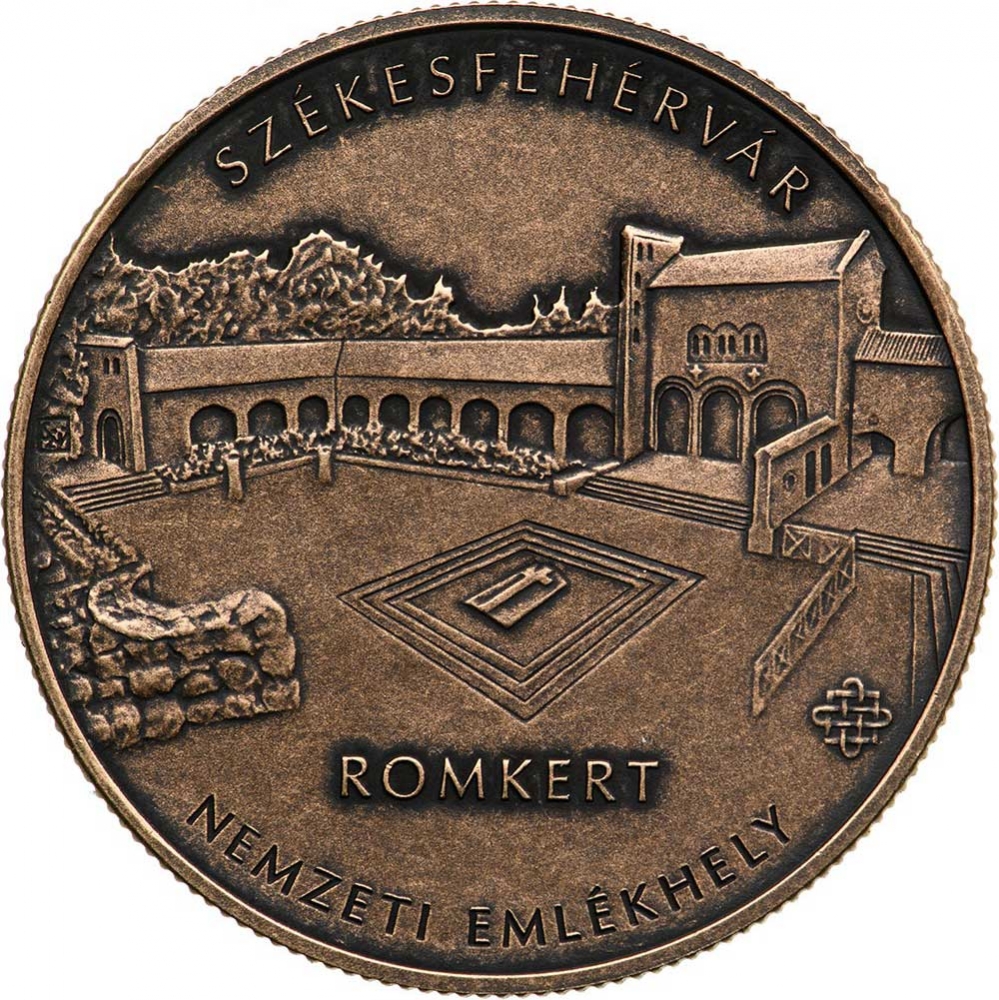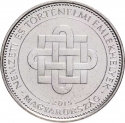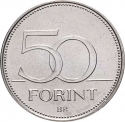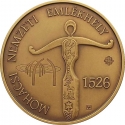You are about to finish your registration. Please check your mailbox (including spam folder). There should be a letter with a confirmation link. Check setting to make sure that your e-mail address is correct.
Send letter againDescription
Hungarian historical landmarks hold profound significance as sites of memory, revered for their national, religious, regional, or minority importance. While they often boast remarkable architectural features, their primary value lies in their historical significance. According to legislation, a national memorial site can encompass either a constructed setting or a natural locale where a pivotal event from the past, shaping the nation's trajectory, or a significant state decision has unfolded, deemed worthy of national remembrance.
Distinguished national memorial sites serve as crucial touchstones in both Hungarian history and the history of the Hungarian State. They offer visitors a window into the pivotal events, tragedies, and triumphs that have shaped Hungary's past. Presently (as of 2024), the country boasts sixty-four recognized historical landmarks, designated as such by government decree following recommendations from the National Memorial and Mourning Committee. The National Heritage Institute ensures their consistent identification, erecting markers that not only uniformly distinguish the landmarks but also succinctly convey their significance to interested parties.
Engraver: Virág Szabó
Obverse

|
Depicts a slightly top-down view of the memorial site, highlighting the central reception building, a grave marked with a cross, and a detail of the stone wall of the Ruin Garden on the left. The upper edge bears the inscription "SZÉKESFEHÉRVÁR" in a semicircular script, with "NATIONAL MEMORIAL SITE" in a lower semicircular script, and "RUIN GARDEN" horizontally below. The national monuments logo is situated in the lower right. The designer Virág Szabó's master mark is discreetly placed within the stone wall detail on the left side. SZÉKESFEHÉRVÁR |
|---|---|
Reverse

|
Depicts a detail of Saint Stephen's sarcophagus. Around the edge, the inscription "HUNGARY" is at the top and "FORINT" at the bottom. Below the sarcophagus depiction, on the left side, is the mint mark "BP.," in the center is the denomination, and on the right side is the year of issue, "2022." MAGYARORSZÁG |
| Edge |
2000 Forint
Hungarian National Memorial Sites
Ruins Garden of Székesfehérvár
Subscribe series
Adamo# EM474
Hungarian National Memorial Sites
Ruins Garden of Székesfehérvár
Characteristics
| Type | Commemorative Issue (Non-circulating) |
| Material | Bronze Plated Copper |
| Weight | 18.4 g |
| Diameter | 37 mm |
| Thickness | 2.7 mm |
| Shape |
|
| Alignment | Medal |
| Mint |
Budapest Mint (BP)
|







